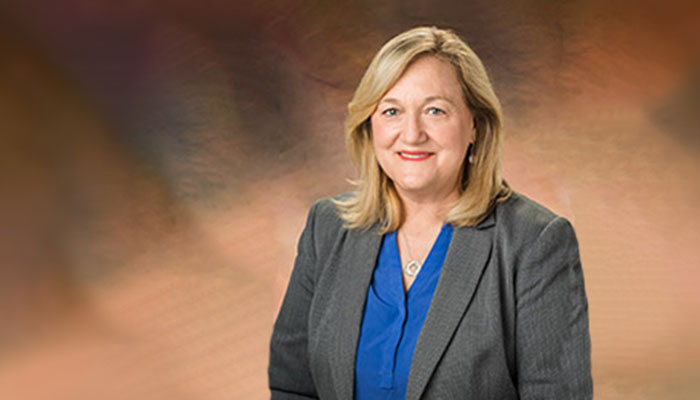HOW CAN WE HELP YOU? Call 1-800-TRY-CHOP
In This Section
Enhancing Young Learners’ Knowledge of Rare Diseases

Denise Adams, MD
Editor's note: Denise Adams, MD, participated in a panel discussion during the Rare Disease Day Virtual Public Meeting about the gap in medical school education and young medical professionals' understanding of rare diseases. Dr. Adams is director of Children's Hospital of Philadelphia Comprehensive Vascular Anomalies Program, a cutting-edge, multidisciplinary program that seeks breakthrough treatments and cures for children, adolescents, and young adults with rare, life-threatening tumors and malformations. Read on to learn why Dr. Adams said it's important to have of a forum for early career rare disease researchers.
I am a clinical researcher who has the honor of taking care of patients with rare diseases known as vascular anomalies. These disorders can be tumors or malformations — all are congenital problems of the blood vessels that can lead to devastating clinical symptoms and outcomes for infants, children, and adults. My mission has been to work with an interdisciplinary group of providers to find improved treatment options for our patients. My area of concentration is in the discovery of new medications for this group of patients.
The Orphan Drug Act, enacted in 1983, defines a rare disease as a condition that affects fewer than 200,000 people in the United States. Approximately 7,000 rare diseases affect more than 300 million Americans who meet that definition. Most of these diseases do not have a treatment approved by the U.S. Food and Drug Administration. There is also limited funding for research and, because of this, a paucity of both clinical and basic science investigators studying these rare disorders.
When I was in medical school, rare diseases were quickly touched upon. I had no clinical acumen in the rare diseases that I was evaluating as a pediatric hematology/oncology fellow and went to the library where I read countless articles to improve my knowledge.
Within the last few years at the University of Pennsylvania, some amazing medical students formed a rare disease interest group to raise awareness, and it became a formal elective in 2020. These students, under the guidance of myself, and Kimberley Steele, MD, PhD, surgeon, scientist, and founder of Collaborative Research Advocacy for Vascular Anomalies Network, established this elective to bring opportunity to first-year medical students to learn about different rare diseases during their clinical blocks.
These students formed lecture series, focus groups, and became involved in the National Organization for Rare Disorders. They published "Spotlighting the Zebras: A Role for Medical Students in Shaping Rare Disease Care" in the Journal of Vascular Anomalies, which lead to an invitation to speak at FDA's Rare Disease Day 2023, held Feb. 27. Vinay Ayyappan and Elizabeth Gonzalez, both MD/PhD students at the Perelman School of Medicine at the University of Pennsylvania, and Emilie Pichette, a medical student at McGill University in Montreal, joined Dr. Steele and me in a panel discussion moderated by Janet Woodcock, MD, FDA principal deputy commissioner. Describing their own actions to increase their knowledge and experience with rare diseases, they leveraged the platform to advocate for more training in rare diseases during medical school.
At CHOP, our aim is to enhance the knowledge of rare diseases for our young learners, such as medical students, nursing students, and other allied health trainees to increase awareness in this field and improve the science, discovery, and care for patients with rare diseases.


